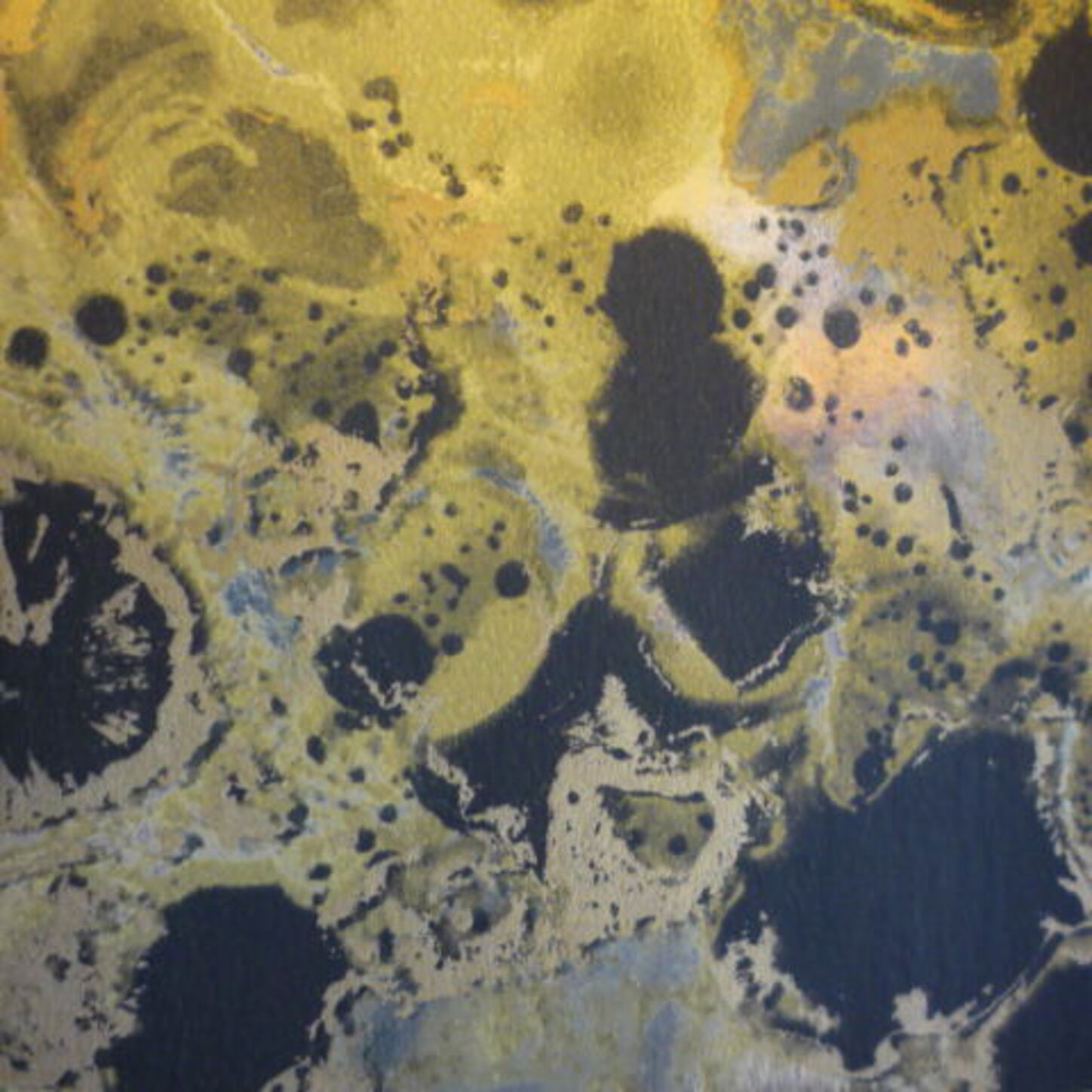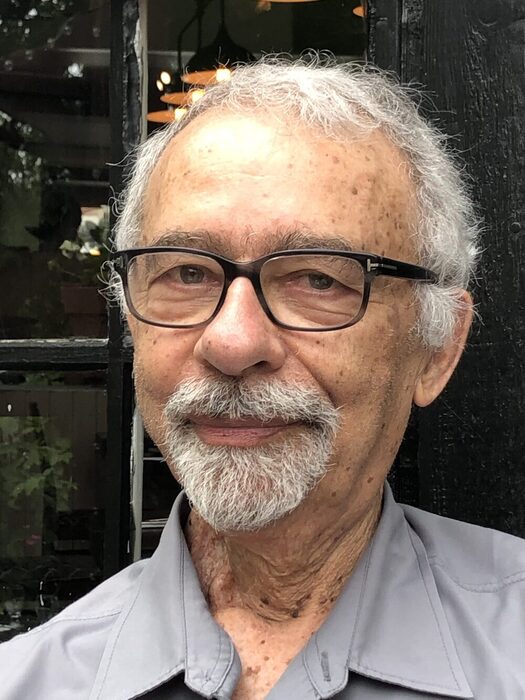Tracks
1. Sonner-résonner
Buy TrackAbout New Album
You can listen preview of this new piece on this page, or buy it on our shop or go to our Bandcamp album page.
Sonner – résonner
Sonner-résonner was composed using different materials—a metal plate and a crystal glass, both filled with varying levels of water—that were struck, rubbed, and allowed to resonate. A microphone was placed up against the plate and the glass, and the sounds it captured opened up a whole palette of colours that could be brought to life with digital processing. This piece was inspired by the potential similarity of the sounds from two very different materials, as well as the melodic variation created by changing the water levels in each container.
Gilles Fresnais
Paris-born composer Gilles Fresnais studied acoustic in the CNAM (Conservatoire national des Arts et Métiers) and sound engineering in the École de Vaugirard (École nationale supérieure Louis-Lumière) and in the IDHEC (Institut des hautes études cinématographiques) as an intern. He attended the audio mixing of the Alain Robbe-Grillet’s film Trans-Europ-Express performed by Michel Fano and was then convinced that the natural and ”concrete”sounds can reveal a real beauty.
He became naturally a member of the GRM (Groupe de recherches musicales) from 1970 to 1974, and participated in the activities of the group headed by François Bayle as Guy Reibel’s Assistant who taught alongside Pierre Schaeffer in the electroacoustic music composition class and musical research at the Conservatoire national de musique in Paris. After having worked with the electroacoustic composer and philosopher, François Bayle, one of the big names in contemporary music for 4 years, as part of his activities within the GRM, this musical genre seemed very natural to him. He initially sets about composing and, to this end, used all the instrumental, natural or recorded sounds available to him. It’s why we can say that his music became very ”shefférienne”, concrete, focused on the sound objects and the structure that evolve in the time.
He wishes that his sonic emotions reach the listener’s ears and he try to compose with the listener’s pleasure in mind. He seeks to represent a story or, as François Bayle says so well, a promise, that is to say something that goes forward, that moves forward. He try to take the listener to other sound spaces and to open up new horizons. It is then that what he proposes is more than sound; it can become music.
In 1971, as a composer Mr. Fresnais actively participated in producing the Autodafé opera soundtrack and performances by Maurice Ohana at Lyon Opera under the joint direction of Theodor Guschlbauer and Claire Gibault. Research Assistant at the GRM, he then worked with Jacques Lejeune on movie soundtracks entrusted to the group in what was called the “cellule de musique pour l’image” (”music cell for images”).
He was also involved in a recording mission in Bali in 1971. A short film was produced for the occasion and OCORA released two discs devoted to the music of this island (three other discs were released by EMAC-Butterfly)


